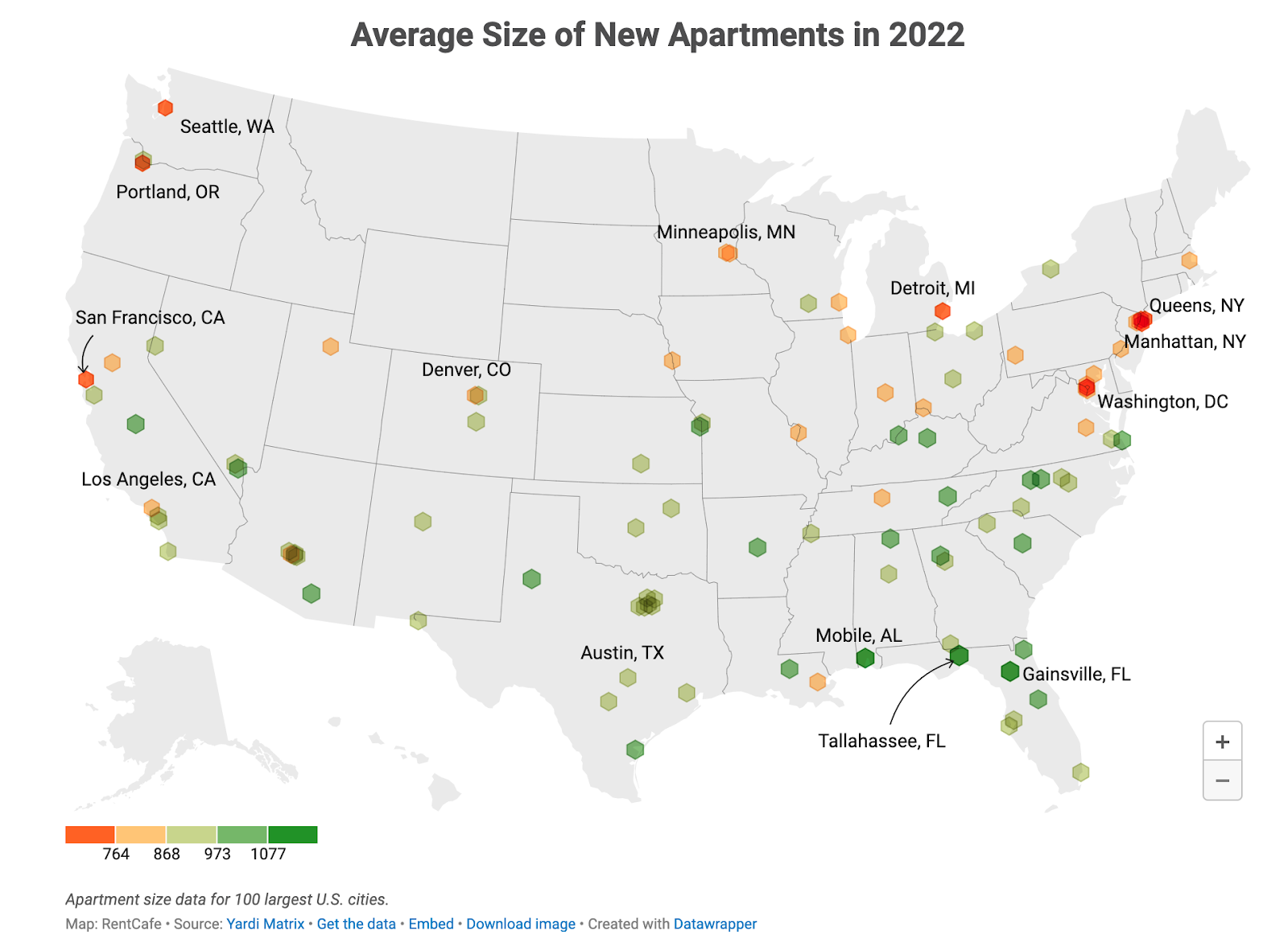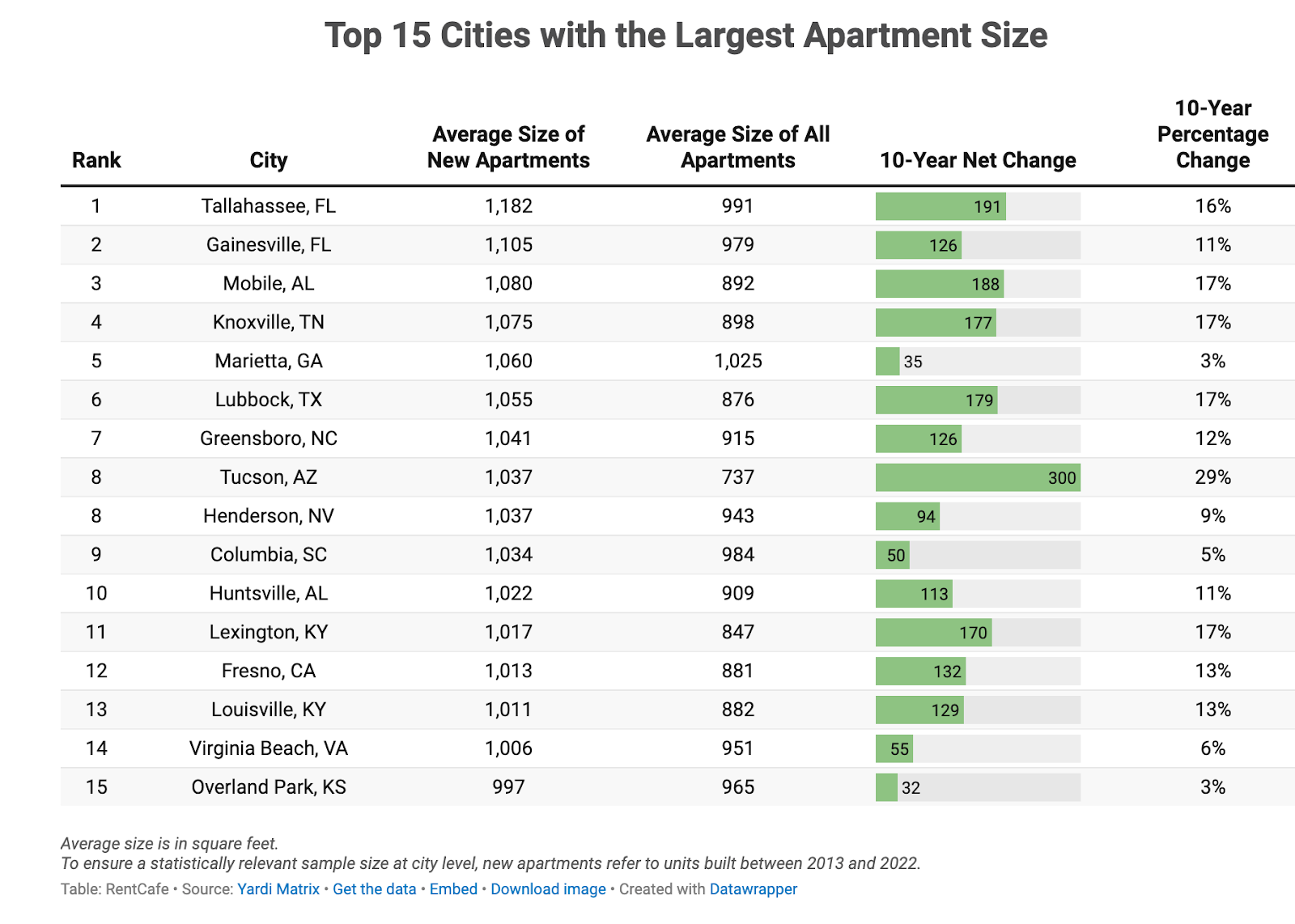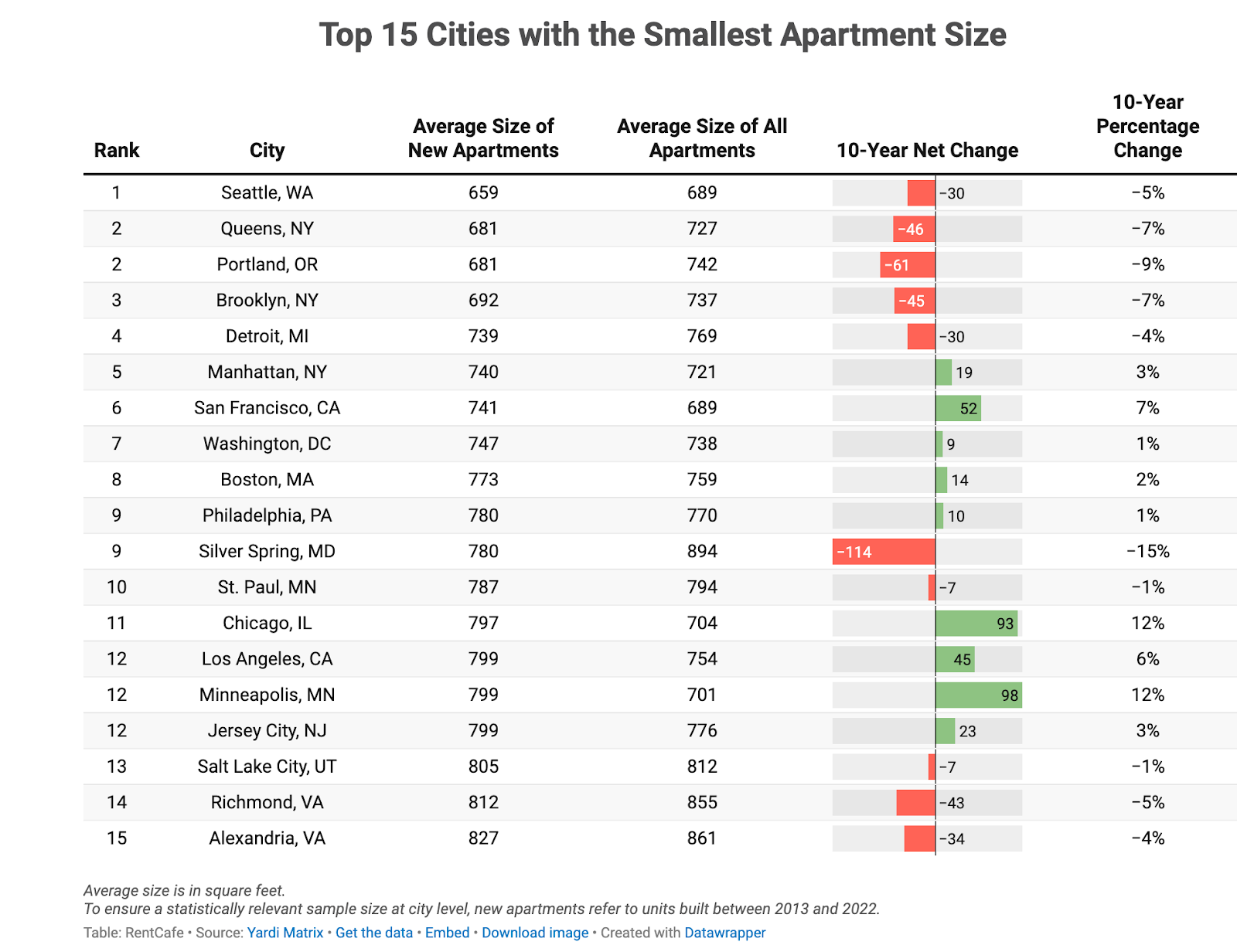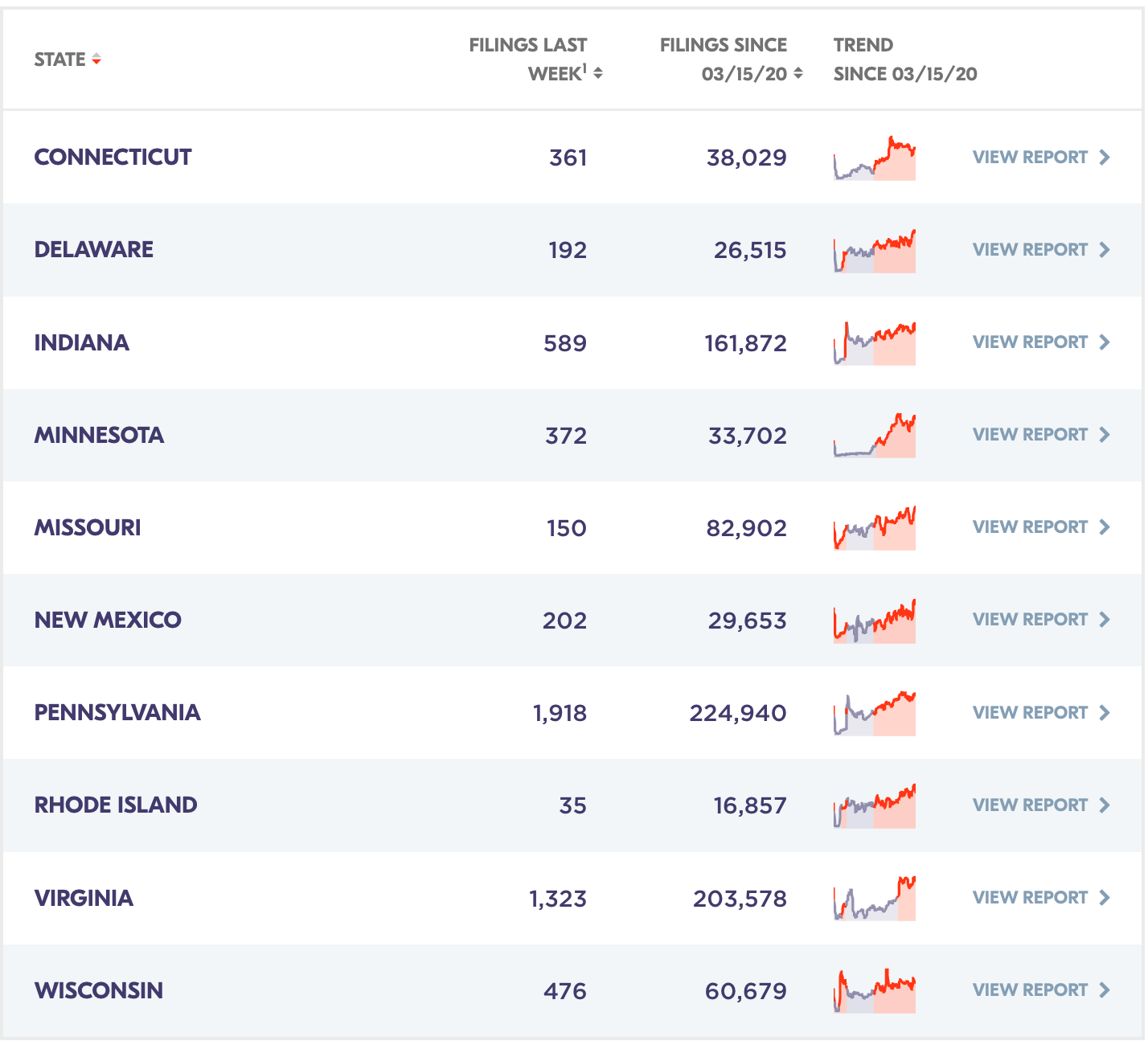
The Morning Meeting with Al Tompkins is a daily Poynter briefing of story ideas worth considering and more timely context for journalists, written by senior faculty Al Tompkins. Sign up here to have it delivered to your inbox every weekday morning.
It has been often reported that no president or former president has ever been arrested and Donald Trump could be the first. But that is not entirely true. Not when you consider the story of Washington, D.C., police officer William West and President Ulysses Grant.
The story goes that in 1872, Wes was on duty at 13th and M Streets in Washington, D.C., when he stopped Grant, who was speeding by with his horse and buggy. West was at that location because he was on the lookout for speeding buggy drivers after a mother and child were run over and badly hurt.
West gave Grant a warning. But the next day, Grant came zooming by again and the patrolman arrested him. West hauled Grant to the police department where Grant posted a $20 bond and did not contest the ticket. But police reportedly seized the horse and buggy and Grant had to walk back to the White House.
Disclosure: There are no precise records, mug shots or arrest documents about who said what in this incident but there are many references to it, including the telling of this story by former D.C. police chief Cathy L. Lanier.
GrantCottage.org finishes the story this way, which somehow seems appropriate for the day on which a former president might be arrested:
In fact, it was claimed that Grant went so far as to commend West for doing his duty fearlessly,
Grant later stated, “Let no guilty man escape, if it can be avoided. No personal considerations should stand in the way of performing a public duty.”
Grant and West were reported to have met numerous times afterward, and it is said they frequently spoke of their shared passion: horses. In 1908 West, retired after 35 years on the force, was lauded by the press as “the only policeman who arrested a President of the United States.”
Shrinking apartments, growing prices
Apartment dwellers are paying more for less. A lot more and a lot less. RentCafe finds:
- The average size of new apartments in 2022 was 887 square feet — a 54 square-foot drop since 10 years ago. It was also the largest year-over-year decrease, down 30 square feet.
- Among other factors, the drop in size can be attributed to more studios and one-bedroom apartments entering the market in 2022, reaching a historic share of 57%.
- Tallahassee, FL, led the nation with the largest apartments, while Seattle offered the smallest apartments.
- Apartments in Tucson, AZ, saw the largest increase in apartment size.
- Silver Spring, MD, apartments saw the largest decrease in the last 10 years.
The apartment size and rent data were provided by Yardi Matrix, a RentCafe sister company specializing in apartment market intelligence and providing up-to-date information on large-scale, multifamily properties of 50 units or more in more than 130 U.S. markets.
What is a ‘standby apartment?’
There is one way you can get an apartment way below market norms. It is called a “standby apartment.” It requires no lease or down payment. It is fully furnished. Think of it as the apartment equivalent of flying “standby.” If another paying customer shows up, you get bumped with a few days’ notice. If not, you get to stay for a third less than normal rates. The concept comes from a company called Landing.
Evictions are rising around the nation
The Eviction Lab at Princeton University finds that a rising number of renters are being tossed out of their places these days. The lab tracks evictions in 10 states and 34 cities.
Axios summarizes the Eviction Lab data:
Sweeping local and national eviction moratoriums helped keep many families in their homes through the heart of the COVID-19 pandemic. Since those moratoriums have ended, many Americans are once again exposed to the threat of displacement.
That’s especially true as high rent prices have renters spending record shares of their paychecks on their monthly housing bills.
The eviction crisis tends to disproportionately affect minority groups — particularly Black women, says Eviction Lab research specialist Jacob Haas.
Horse racing gets safer
After some concerning years when thoroughbred horse racing was experiencing a high rate of fatal horse injuries, the industry has turned things around. It just completed the lowest rate of fatalities ever recorded. Fatal horse injuries dropped a stunning 39% since 2009. The authoritative racehorse industry website Bloodhorse reports:
Initial data analysis from the 14th year of reporting to the Equine Injury Database shows a decrease in the rate of fatal injury in 2022 (1.25 fatalities per 1,000 starts) compared to 2021 (1.39 fatalities per 1,000 starts). This is the fourth consecutive year the rate has decreased, and it is the third consecutive year in which the rate has been below 1.5 fatalities per 1,000 starts. It is the first time ever that the rate has been below 1.3 fatalities per 1,000 starts.
The decline in fatal injuries stretched across all surfaces, dirt, grass and synthetic.
You can localize the reporting by looking at individual track data here.
By the way, the next week or so will have a big influence on the Kentucky Derby lineup, with five Derby prep races on the schedule. A horse named Forte is on fire right now. We saw a nice colt named Tapit Trice smoke the crowd at the Tampa Bay Derby. Tapit Trice is probably heading for the Bluegrass Stakes April 8. He has three wins in four starts. I am just saying.











